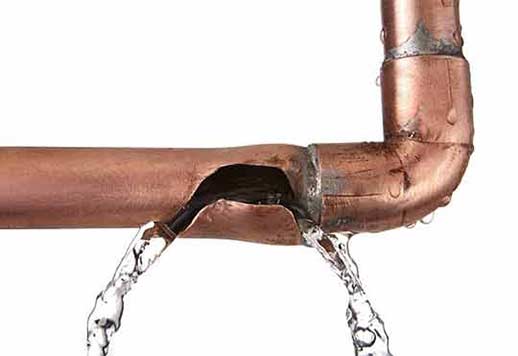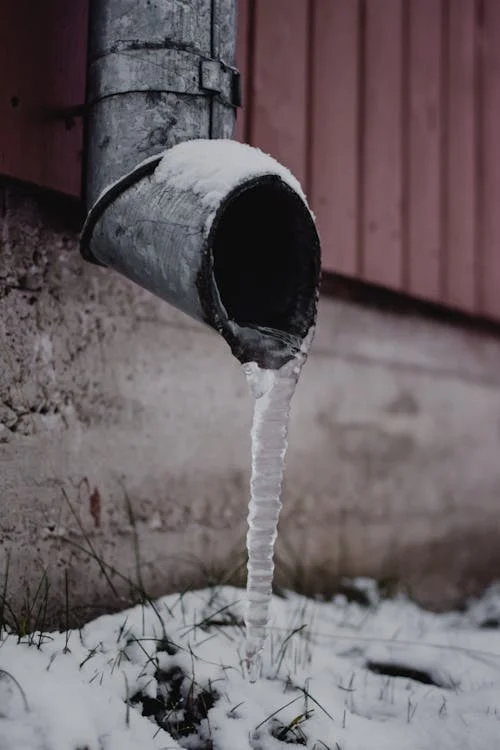Burst Pipe Insurance Claims: What You Need to Know for Water Damage Coverage
Burst Pipe Insurance Claims: What You Need to Know for Water Damage Coverage
Blog Article
Stopping Ruptured Pipes: Important Tips to Secure Your Pipes
Preventing ruptured pipes is a crucial issue for house owners, especially during chillier months when the threat of cold is increased. Executing tactical measures such as appropriate insulation, regular inspections, and preserving constant indoor temperatures can dramatically reduce the probability of pipeline failure. In addition, recognizing emergency situation treatments gears up home owners to respond promptly to prospective plumbing problems. Lots of are unaware of the particular vulnerabilities that their pipes might deal with. Checking out these vulnerabilities can give vital insights into protecting your plumbing system properly.
Understand Pipeline Vulnerabilities
Recognizing pipe susceptabilities is necessary for reliable pipes upkeep and protecting against expensive damages. A number of aspects add to the sensitivity of pipes to ruptureds, including product make-up, age, and environmental conditions. Older pipelines, especially those made from galvanized steel or polybutylene, often degrade over time, causing raised risk of tears and leakages.
Temperature level fluctuations can also substantially impact pipeline honesty. In chillier environments, water entraped in pipes can freeze, exerting and expanding stress on the pipe walls, which may eventually cause a ruptured. Additionally, high water pressure can strain pipelines, specifically at joints and bends, increasing the chance of failure.

Insulate Piping Effectively
Appropriate insulation of pipes is critical for avoiding freezing and subsequent bursts during winter (burst pipe). Insulating your pipes system efficiently safeguards versus temperature goes down that can result in costly damage. Begin by determining at risk locations where pipelines are exposed to outside temperatures, such as cellars, attics, and outside walls
Use foam pipeline insulation sleeves or cover insulation tape around these locations to supply a safety barrier. Guarantee that all sections of the pipes, specifically those with limited heat direct exposure, get appropriate insulation. Pay unique interest to joints and installations, as these are much more susceptible to freezing.
When protecting, it's vital to pick products that satisfy neighborhood building regulations and are ideal for the specific environment. Fiberglass insulation is frequently recommended for its thermal resistance properties. Furthermore, take into consideration making use of warm wires or tape in extreme conditions, which can be connected in to offer extra warm
Frequently examine shielded pipelines for any kind of signs of wear or damages, as compromised insulation can lessen its performance. By taking these proactive measures, you significantly reduce the danger of pipe bursts, ensuring a reputable pipes system throughout the winter months.
Maintain Constant Temperature Level
A stable indoor temperature is important for protecting against burst pipelines during the icy months. When temperature levels decline, water within pipelines can ice up, producing and increasing stress that might ultimately create the pipes to ruptured.Using a hop over to these guys programmable thermostat can help handle indoor temperatures successfully, ensuring that spaces with pipes stay cozy also when the home is unoccupied.
This minor circulation of water can prevent cold by reducing pressure within the pipes. By implementing these approaches, homeowners can significantly minimize the risk of pipeline bursts and guard their plumbing systems versus the extreme wintertime aspects.
Frequently Inspect Pipes
Routine evaluations of plumbing systems are crucial for avoiding ruptured pipes and maintaining total home integrity. During these inspections, it is vital to examine visible pipelines for indications of rust, leakages, or wear.
In addition, inspecting links and joints is vital, as these factors are typically vulnerable to leaks. Homeowners should also examine water stress levels, as excessive stress can stress the plumbing system and enhance the danger of pipeline bursts.
Take into consideration scheduling professional pipes evaluations at the very least once a year, particularly before wintertime, to ensure your system is prepared for chillier temperatures. Normal inspections not just help in determining prompt worries yet also foster long-lasting upkeep approaches that can improve the life-span of your pipes system. By being aggressive in your strategy, you can guard your home versus the pricey and disruptive repercussions of ruptured pipes. Focusing on pipes inspections is an investment in your home's health and wellness and safety.
Know Emergency Treatments
Recognizing emergency procedures is vital for every homeowner, especially after performing routine plumbing assessments. Being prepared for a pipes emergency situation can significantly reduce damages and conserve expenses.
Next, keep important tools convenient. A pipes emergency situation package should consist of a wrench, plunger, and towels, in addition to a flashlight and a bucket for little leakages. In addition, consider having the call info for a trusted plumbing technician readily available, should the scenario escalate beyond your control.
If you spot a leakage or burst pipe, right away shut off the supply of water and alert your plumber. Additionally, document the damage with pictures for insurance objectives. burst pipe. Know the indicators of potential pipes concerns, such as unusual water pressure changes or damp areas on walls
Eventually, aggressive understanding and swift activity are crucial in managing web link pipes emergency situations, ensuring your home stays secured and minimizing possible damage.

Conclusion
Finally, stopping ruptured pipes requires a multifaceted strategy that includes understanding pipeline vulnerabilities, appropriate insulation, keeping consistent indoor temperatures, routine evaluations, and knowledge of emergency procedures. By implementing these crucial approaches, Full Article the danger of pipes failings can be significantly reduced, consequently guaranteeing the durability and effectiveness of the plumbing system. Aggressive steps not only guard versus potential damage yet also add to total water conservation and the protection of residential or commercial property.
In cooler environments, water trapped in pipes can ice up, increasing and exerting stress on the pipeline wall surfaces, which might inevitably lead to a ruptured. When temperature levels decline, water within pipes can freeze, developing and increasing stress that might eventually trigger the pipelines to ruptured. By applying these approaches, property owners can considerably reduce the risk of pipe bursts and guard their pipes systems versus the severe winter months aspects.

Report this page